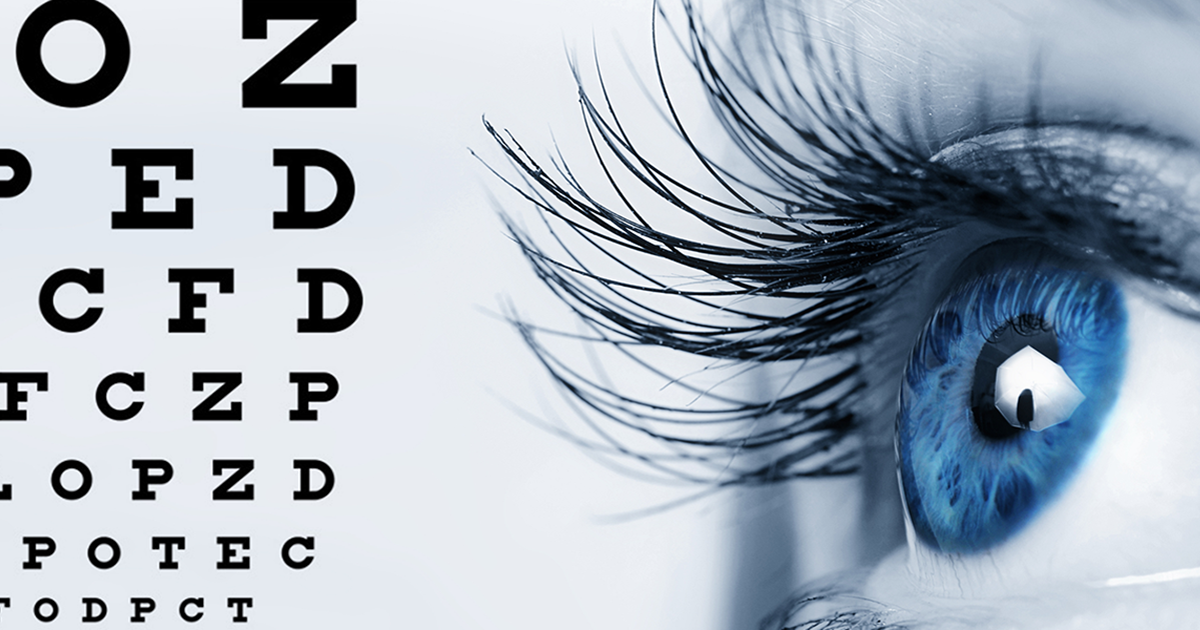The Function of Advanced Diagnostic Tools in Identifying Eye Disorders
In the realm of ophthalmology, the application of advanced analysis devices has reinvented the very early recognition and management of different eye problems. As the need for specific and timely diagnoses proceeds to grow, the combination of advanced devices like optical coherence tomography and visual area screening has ended up being essential in the realm of eye treatment.
Importance of Very Early Medical Diagnosis
Very early diagnosis plays a critical role in the effective administration and therapy of eye conditions. By discovering eye conditions at a very early stage, medical care suppliers can use appropriate therapy strategies customized to the specific problem, eventually leading to far better outcomes for individuals.

Modern Technology for Spotting Glaucoma
Sophisticated analysis innovations play an important function in the early detection and tracking of glaucoma, a leading root cause of permanent loss of sight worldwide. One such modern technology is optical comprehensibility tomography (OCT), which supplies detailed cross-sectional pictures of the retina, enabling the measurement of retinal nerve fiber layer thickness. This dimension is vital in evaluating damage brought on by glaucoma. An additional advanced tool is aesthetic area testing, which maps the level of sensitivity of a patient's visual field, helping to spot any type of areas of vision loss characteristic of glaucoma. Additionally, tonometry is utilized to determine intraocular pressure, a major threat variable for glaucoma. This examination is vital as raised intraocular pressure can bring about optic nerve damage. Furthermore, newer innovations like using expert system formulas in assessing imaging data are showing appealing lead to the very early discovery of glaucoma. These sophisticated diagnostic devices make it possible for eye doctors to detect glaucoma in its beginning, enabling prompt intervention and far better management of the condition to avoid vision loss.
Role of Optical Comprehensibility Tomography

OCT's ability to evaluate retinal nerve fiber layer thickness enables for precise and objective measurements, helping in the early discovery of glaucoma even before visual field flaws come to be obvious. Overall, OCT plays a critical function in improving the analysis accuracy and administration of glaucoma, eventually contributing to better end results for people at risk of vision loss.
Enhancing Diagnosis With Visual Area Testing
An important element in detailed sensory assessments, aesthetic area testing plays a critical duty in boosting the analysis procedure for different eye conditions. By examining the full level of a person's aesthetic field, this test provides essential information about the functional stability of the entire visual pathway, from the retina to the aesthetic cortex.
Visual area testing is specifically important in the diagnosis and monitoring of conditions such as glaucoma, optic nerve problems, and various neurological conditions that can impact vision. With measurable measurements of peripheral and main vision, medical professionals can identify refined changes that may suggest the existence or progression of these problems, even before recognizable signs and symptoms take place.
In addition, visual area testing enables the surveillance of therapy effectiveness, assisting eye doctors customize therapeutic interventions to private clients. eyecare near me. By tracking changes in visual area efficiency with time, doctor can make educated decisions about adjusting medications, recommending medical interventions, or carrying out various other proper steps to protect or improve a person's visual feature
Managing Macular Degeneration

Conclusion
In conclusion, advanced analysis tools play a critical role in recognizing eye disorders early on. Technologies such as Optical Comprehensibility Tomography and aesthetic area testing have greatly boosted the accuracy and efficiency of diagnosing problems like glaucoma and macular degeneration.